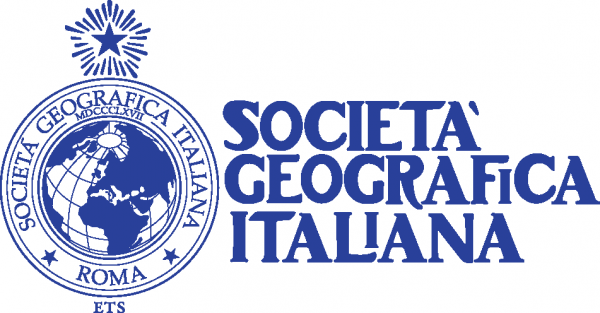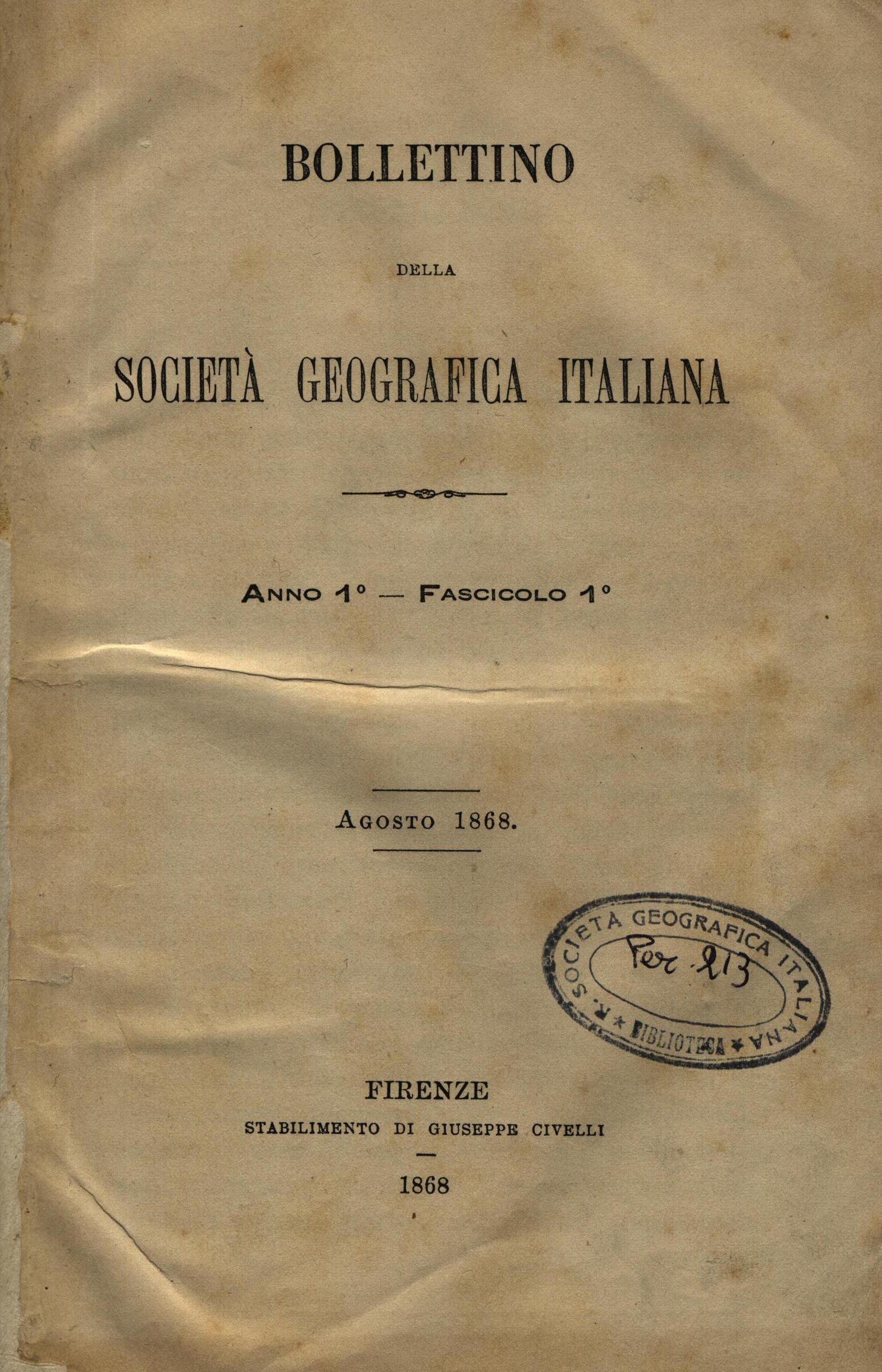THEORY OF ITALIAN NATURAL BOUNDARY, BETWEEN «MISTAKES» AND AUGUSTAN ECHOES
AN INTERPRETATIVE PROPOSAL
DOI:
https://doi.org/10.13128/bsgi.v9i1-2.441Abstract
During the 48 years between Italian conquest of Rome and First World War, a scientific debate started involving Italian geographers about definition of region concept and about alleged existence of an Italian region objectively recognizable. As well known, the issue had important political implications, due to simultaneous rise of Irredentism movement, aiming to claim the conquest of territories inhabited by Italians but still out of Kingdom jurisdiction. Irredentists read geographical theories as a scientific support to the «sacred» right, for Italy, to «reach holy limits», namely natural boundaries considered the geographical limit of Italian peninsula. Among the reasons in support of this issue, there was, for the western boundary, the Roman history of the Giulia region – revealed by Latin etymology of toponyms – since Augustus incorporated it in X Regio Venetia et Histria, that is to say in Italian jurisdiction. After fall of Fascism, in historical reading, Italian geographers were accused of providing intellectual groundwork to rising nationalism, submitting Geography to imperialism. Aim of this article is to read back some steps of the debate through rediscovery of some leading
geographers of that period, and to highlight how the following condemnation was unfair, by offering a different interpretation detecting, in the echoes of Augustan territorial organization, the starting point for reflection about the relationship between Italian geographers and political power.









